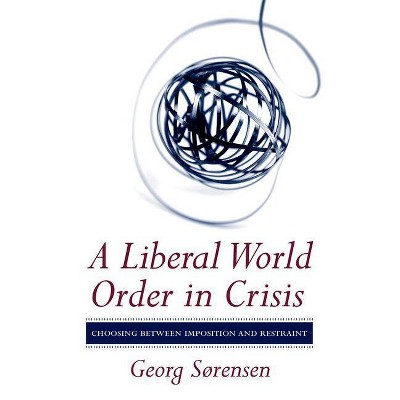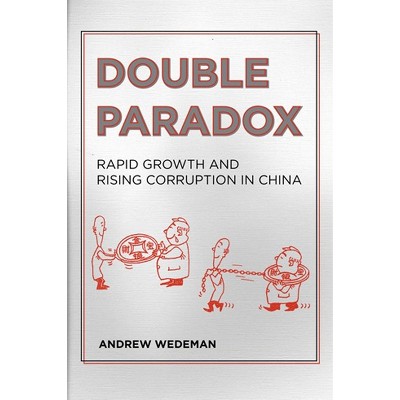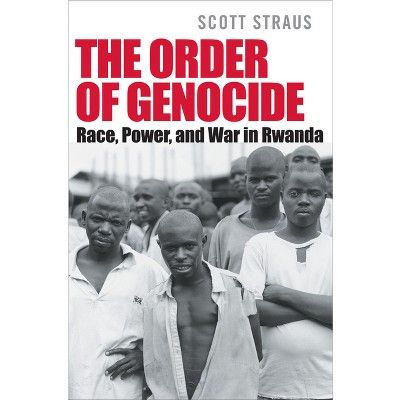About this item
Highlights
- David H. Holmberg here examines the social forms, ritual practices, and history of a western Tamang community of Himalayan Nepal.
- About the Author: David H. Holmberg is Assistant Professor of Anthropology at Cornell University.
- 288 Pages
- Social Science, Anthropology
Description
About the Book
David H. Holmberg here examines the social forms, ritual practices, and history of a western Tamang community of Himalayan Nepal. Exploring the central question of ritual complexity, Order in Paradox demonstrates how a religious system that contains Buddhist, shamanic, and sacrificial practices may be understood as a whole.Holmberg begins by...Book Synopsis
David H. Holmberg here examines the social forms, ritual practices, and history of a western Tamang community of Himalayan Nepal. Exploring the central question of ritual complexity, Order in Paradox demonstrates how a religious system that contains Buddhist, shamanic, and sacrificial practices may be understood as a whole.
Holmberg begins by recounting the history of the Tamang and reexamining the meaning of caste, tribe, and ethnicity in greater Nepal. Holmberg reveals how cultural patterns thought to be uniquely Tamang reflect this people's development of an "involuted" "tribal" form of Buddhist religious expression--an evolution he interprets as a result in part of the unification of the Nepalese state. Holmberg then offers descriptions of the culture, mythic imagination, and ritual field of the Tamang. Exploring both structural and historical dimensions of Tamang rituals, Holmberg shows how they form a system linked to a cultural logic of exchange upon which Tamang society is built. He also sheds light on the relationship between gender and ritual, considering in detail the close association between femaleness and the shamanic in Tamang culture.
Review Quotes
A major contribution to the ethnography of the Tamangs of Nepal. On this basis alone it would be an important work for Himalayan specialists. But it is also an interpretive work, and a work of culture theory. Holmberg's rich ethnographic description of Tamang ritual life is the basis for insightful interpretation, showing that the ritual practices, mythic visions, and fundamental structures of Tamang social existence are deeply interconnected. As an interpretive work, it is of interest to anyone interested in ritual and culture. Holmberg has done a superb job.
-- "Journal of Ritual Studies"Graceful, clear, and cogent. A meticulous, insightful, and sensitive ethnography that is also a valuable theoretical contribution.
-- "American Ethnologist"This lively account of ritual, religion, and exchange in the Tamang society of Nepal is sophisticated and well written. Holmberg draws on his informative descriptions of Tamang Buddhism for comparativist insights into marriage exchange, caste, sacrifice, and the coherence of religious fields.... The study illuminates the diversity of types of sacrifice, the interplay of spoken and written ritual languages, and the paradox of exchange that differentiates while promising to unify. Holmberg eloquently testifies to the diverse, irreducible perspectives through which Tamang men and women attempt to unify a religious field defined by shamans, Buddhist lamas, and sacrificers.
-- "Choice"About the Author
David H. Holmberg is Assistant Professor of Anthropology at Cornell University.












